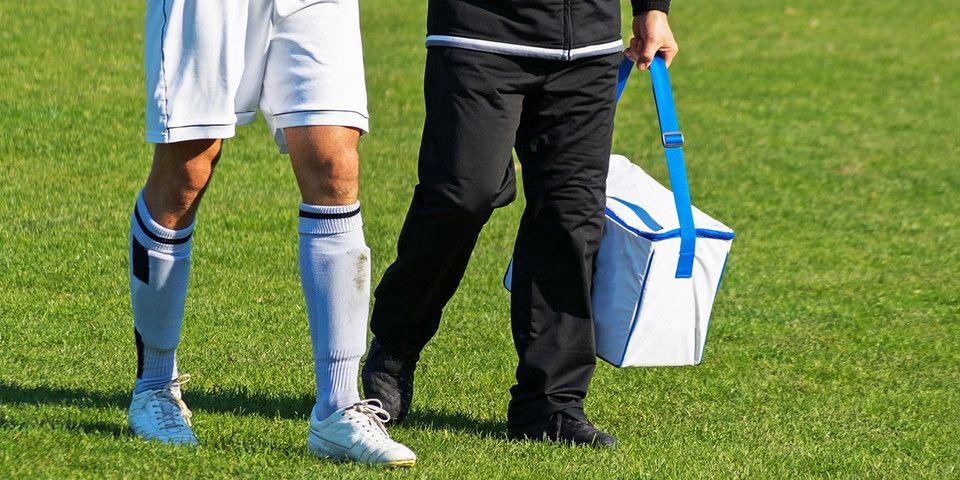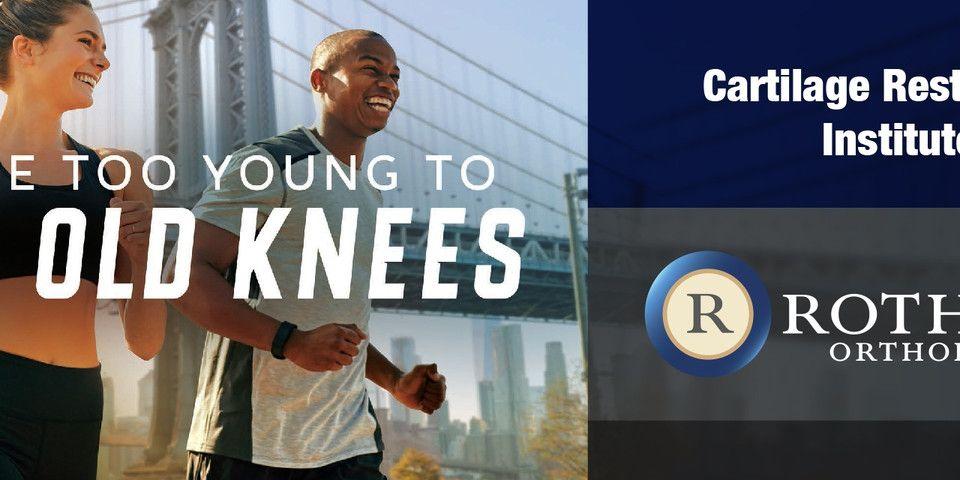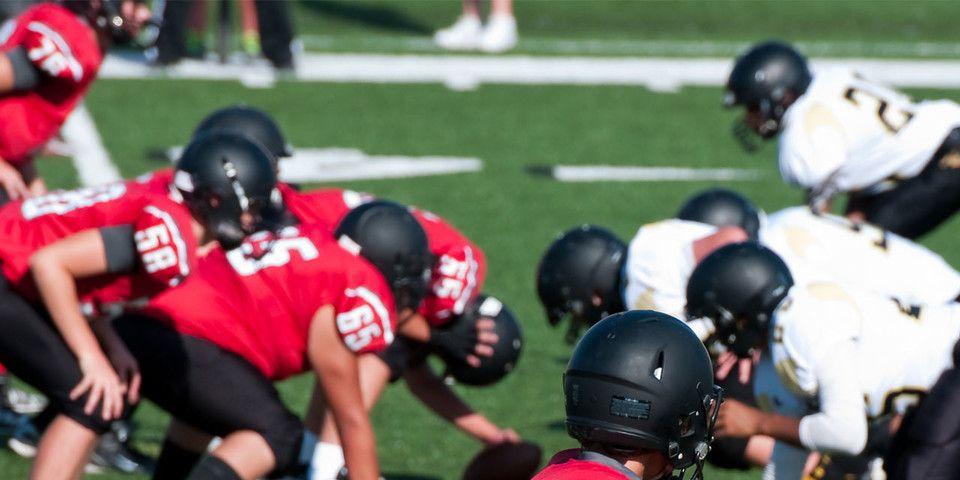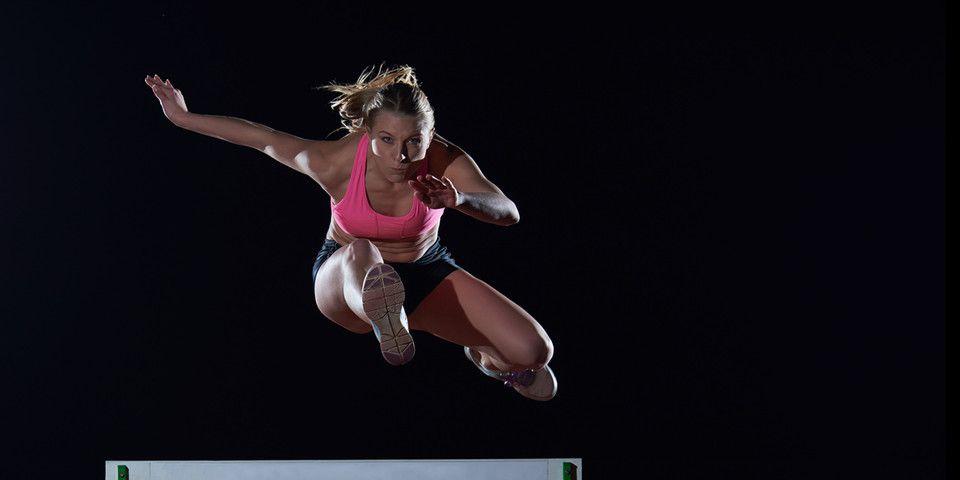Three Important Tips for Gymnastics Injury Prevention
Learn About Gymnastics Injuries from the Experts at Rothman Orthopaedic Institute
To perform gymnastics, athletes require balance, poise, strength, and endurance. As one of the most physically challenging sports, gymnastics demands intensive training. This training offers considerable orthopaedic health benefits, including increased flexibility and stronger bones, muscles, and connective tissues.
The high-impact nature of gymnastics, however, makes gymnasts highly prone to orthopaedic injuries. For this reason, it’s essential that gymnasts, coaches, and parents educate themselves regarding effective gymnastics injury prevention methods.
No amount of athletic dedication can remove the danger of sprains, strains, ligament tears, and bone injuries; in fact, many of the injuries that gymnasts commonly suffer are caused by overuse. Likewise, no amount of personal endurance can eliminate the danger of orthopaedic injury. Rather, athletes must be proactive in implementing gymnastics injury prevention practices into their training regime and routines.
Learn about the orthopaedic injuries gymnasts most commonly experience and expert tips for preventing injury from the specialists at Rothman Orthopaedic Institute in Glen Mills below.
Common Orthopaedic Injuries Gymnasts Experience
According to gymnastics injury statistics, female gymnasts experience 9.37 injuries per 1,000 athletic exposures (an athletic exposure is the participation of one athlete in one practice or competition); male gymnasts experience 8.78 injuries per 1,000 exposures. These gymnastics sports injury rates are comparable to full-contact sports, demonstrating the serious degree of risk for injury within gymnastics.
Injuries suffered due to gymnastic activity vary greatly in nature and specific cause. Many are caused by stress and gradual overuse, while others are instantaneous and traumatic. Listed below are some of the injuries most frequently experienced by gymnasts:
-
Sprains of the wrist
-
Distal radius fractures
-
Dislocations of the elbow
-
Labral tears
-
Anterior cruciate ligament tears and sprains
-
Achilles tendon injuries
-
Foot and ankle sprains and fractures
-
Lower back sprains, strains, and pinched nerves
-
Herniated spinal discs
Implementing measures to prevent gymnastics injuries and adjusting training to encourage gymnastics injury prevention conditioning can effectively prevent many of these injuries. If injury does occur, prompt medical attention is critical.
Key Tips for Gymnastics Injury Prevention
What steps can athletes, coaches, and parents take to prevent gymnastics injuries and encourage healthy, sustainable training and technique? The orthopaedic experts at Rothman Orthopaedic Institute recommend beginning your injury prevention efforts with the following three steps:
-
Take time to properly prepare for practice and routines
To avoid injuries, it is important for gymnasts to prepare adequately before strenuous practice and routines. That includes both warm-ups immediately before gymnastics activity and long-term preparatory measures. In the long-term, fitness maintenance is essential for the conditioning of muscles and ligaments, especially during the off-season.
Cold, stiff muscles and ligaments are more prone to orthopaedic injury. Immediately prior to gymnastics routines, warming up, and stretching can help to loosen muscles. Stretching following routines can likewise help to increase flexibility and reduce muscle soreness. -
Pay attention to your body and respond to pain appropriately
Athletes are highly reluctant to interrupt their seasons or training regime, which leads many of them to ignore the emergence of painful symptoms. However, pain can indicate the onset of an orthopaedic injury and should always be met with a reduction or cessation of high-impact activity. The majority of pain will fade with rest, activity modification, and, if needed, physical therapy. -
Avoid overuse by diversifying your routines
Many injuries occur as a consequence of the overuse of a particular part of the body. To reduce stress that affects a particular musculoskeletal region, it is important to vary your routines, exercises, and training. Likewise, interspersing your gymnastics activity with low-impact cross training activities, such as swimming or cycling, can allow your muscles and connective tissues to rest from the stress of gymnastics training while maintaining your fitness.
Practicing these gymnastics injury prevention measures during training and competition can help gymnasts preserve their orthopaedic health and athletic careers. If injuries occur, however, gymnasts can receive the most effective, specialized treatment from the Sports Medicine physicians at Rothman Orthopaedic Institute in Glen Mills. To learn more, visit us here or contact us at 1-800-321-9999.
Related Physicians
Locations
Related Specialties
Related Treatments
- Non-Operative Achilles Tendon Rupture Treatments
- Non-Operative Achilles Tendonitis Treatments
- Non-operative Ankle Sprain and Fracture Treatments
- Non-operative Finger Sprain Treatments
- Non-operative Foot and Ankle Treatments
- Non-operative Whiplash | Neck Sprain/Strain Treatment
- Sprain and Strain Treatment
Related Programs
-

Athletic Training- Sport Medicine Outreach
Our Field Athletic Trainers provide direct sports medicine care to youth, high school, college and professional athletes. Rothman AT’s provide athletic training services throughout Southeastern PA to interscholastic high schools, colleges, as well as tournaments and special events.Read More -

Cartilage Restoration Institute
This is a center where patients can go to have their disabled joint biological resurfaced, realigned, and stabilized without having the joint replaced by artificial materials such as metal and plastic. It is well known that the outcomes of patients under the age of 50 undergoing artificial joint replacement are not as good as we would like. Therefore we feel the future of Orthopaedics is to try to restore a joint back to its original anatomy by realignment, ligament reconstruction, and cartilage restoration.Read More -

Injury Prevention Program
The Injury Prevention Program at the Rothman Orthopaedic Institute is dedicated to the prevention of injuries from athletic participation, particularly youth sports.Read More -

Women’s Sports Medicine Program
The Women’s Sports Medicine Program at the Rothman Orthopaedic Institute is the first of its kind in the Philadelphia metro area and one of only several such programs specializing in the comprehensive care of the female athlete in the country.Read More




